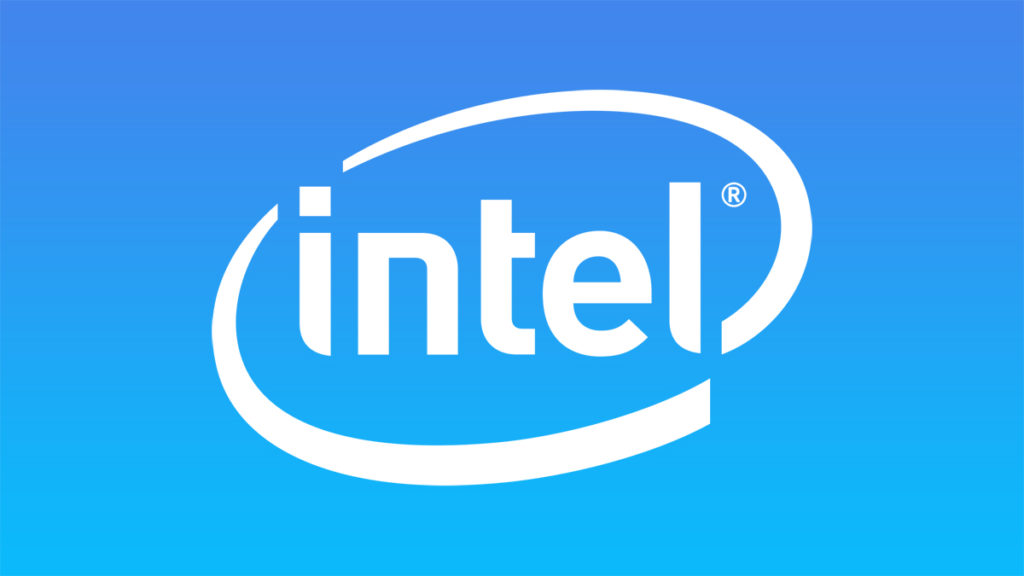
It appears there’s light at the end of the tunnel as CPU manufacturer Intel edges closer to securing funding for getting back on its feet. To say that Intel has had a rough patch in the last couple of years could be an understatement. From a staff reduction strategy begun nearly two years ago that could see up to 25% of its workforce laid off to manufacturing issues with two generations of its flagship desktop processors, it has seen its share of internal struggles recently. Factor in stories, both rumored and real, of it selling off various parts of its and potential loss of business from a longtime business partner plus a seemingly clickbait rumor of a potential buyout, and things seemed to be going from bad to worse for CEO Pat Gelsinger who’s been trying to implement a $10 billion cost savings plan for getting Intel back to fiscal solvency.
More Billions than you can shake a stick at
The troops, both figuratively and literally, now seem to be rallying in support of Intel. According to the Financial Times, Intel is nearing completion of the process to secure a $8.5 billion CHIPS Act award which will be a direct investment into the company. Tom’s Hardware also reminds us how the funding train doesn’t stop there as another $11 billion, along with up to $100 billion in tax credits, plus an additional twenty-five percent investment is included. All of this is preceded by the recent $3 billion given to it through the Secure Enclave Funding awarded by the US for its semiconductor needs. If all of this isn’t enough it’s also been reported that Apollo Global Management Inc. is offering a $5 billion investment deal.
Even as Intel edges closer to securing the aforementioned impressive amount of funding its well known that throwing money at a problem isn’t always a solution. From its AI and datacenter technologies to consumer processors and a still-growing discreet desktop GPU division, it faces many challenges as its current, and new, competitors continue to unveil their products. However, this could all just be what the over-five-decade-old chip manufacturer needs to revitalize itself.
